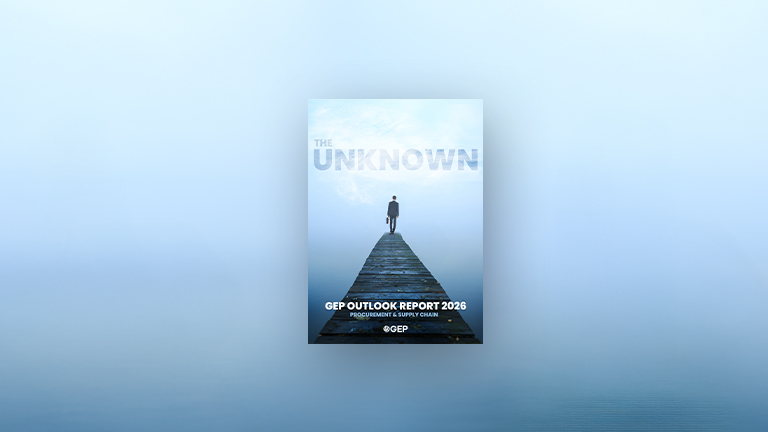
Intelligent Procurement Data Normalization Brings Order to Fragmented Systems
- Standardizes supplier and item data using AI models
- Creates a single taxonomy across multiple systems
- Improves reporting accuracy and sourcing consistency
November 07, 2025 | Procurement Software 3 minutes read
Procurement data rarely lives in one place. Supplier records sit in ERP systems, sourcing platforms, and spreadsheets owned by different regions or business units. Each uses its own naming conventions and product categories. One system lists “ABC Ltd.”, another “A.B.C. Limited,” and a third “ABC Trading.” The same supplier appears as three different entities.
The problem extends to items and categories. Similar products carry different descriptions, units, or commodity codes. When teams attempt to run spend analysis or compliance checks, the results are fragmented. The data can’t show a full picture of supplier relationships, category performance, or purchasing behavior.
These inconsistencies make even simple reporting unreliable. Consolidated spend reports show inflated supplier counts. Category analysis underestimates volume. Sourcing teams miss opportunities for consolidation because the data hides common suppliers.
Without a unified taxonomy, cross-entity visibility remains out of reach. The data exists, but not in the form that systems or analysts can trust.
Why Current Tools Struggle
Most organizations try to fix the issue through manual standardization. Data stewards clean supplier names, rewrite item descriptions, and align codes in Excel. It works temporarily but can’t scale. Every new acquisition, system update, or regional upload reintroduces variation.
Traditional master data management tools help with structure but still rely on predefined rules. They can catch exact duplicates but fail when differences are subtle. “ABC Co.” and “ABC Corporation” may slip through because the system doesn’t recognize them as the same entity.
Rule-based systems also don’t adapt easily. When new categories or supplier types emerge, the rules need rewriting. Procurement teams end up maintaining the logic rather than managing the data.
The result is a recurring clean-up cycle. Reports improve briefly, then drift back into inconsistency as data flows in from multiple sources. This pattern limits automation, slows sourcing analysis, and leaves teams questioning every total in their dashboards.
Explore 101 AI Use Cases
Real-world use cases that show how AI is transforming every stage of procurement
How AI Agents Normalize Procurement Data
An Intelligent Procurement Data Normalization Engine uses artificial intelligence to recognize and standardize variations automatically. Instead of relying on rigid matching rules, it learns the patterns that define suppliers, categories, and items across systems.
The engine analyzes existing records, comparing names, tax IDs, contact details, and transaction histories. Using these relationships, it groups entries that refer to the same supplier and applies a standardized version across systems. Over time, it builds a unified dictionary that captures local variations while preserving data accuracy.
For items and categories, AI models read product descriptions and attribute fields to map them to a consistent taxonomy. They identify when “notebook,” “laptop,” and “portable PC” describe the same commodity group, even if listed differently in separate databases.
As new data arrives, AI agents apply the established taxonomy automatically. If an entry doesn’t match an existing pattern, the system flags it for review. Each correction refines the model, improving accuracy for future uploads.
The process runs continuously. Instead of periodic data cleansing, normalization becomes part of daily data flow. Procurement and finance teams work from the same reference point without manual reconciliation.
The Impact on Procurement Performance
Unified data allows procurement to see its full supplier landscape. Duplicate records disappear, and total spend becomes accurate. Analysts can trace contracts, orders, and invoices to the same supplier entity across all systems.
Reporting improves immediately. Category reports align across business units. Sourcing teams can identify true volume by commodity and region. Compliance checks become more reliable because data classification follows one standard.
Intelligent normalization also supports larger digital initiatives. Clean, consistent data strengthens automation projects, risk modeling, and supplier performance tracking. When every system speaks the same language, procurement gains confidence in the insights that drive its decisions.
A unified taxonomy doesn’t just simplify reporting. It enables better negotiation and sourcing strategy. With accurate spend visibility, procurement can identify consolidation opportunities that were hidden in inconsistent data.
The Implication
AI-driven data normalization replaces manual cleanup with continuous structure. It standardizes supplier, category, and item data as it enters the system, ensuring that every record fits a consistent framework.
Procurement gains a single, trustworthy view across business units and systems. Reports become credible, sourcing becomes strategic, and compliance tracking becomes routine instead of reactive.
Intelligent normalization builds the foundation for reliable procurement intelligence.



